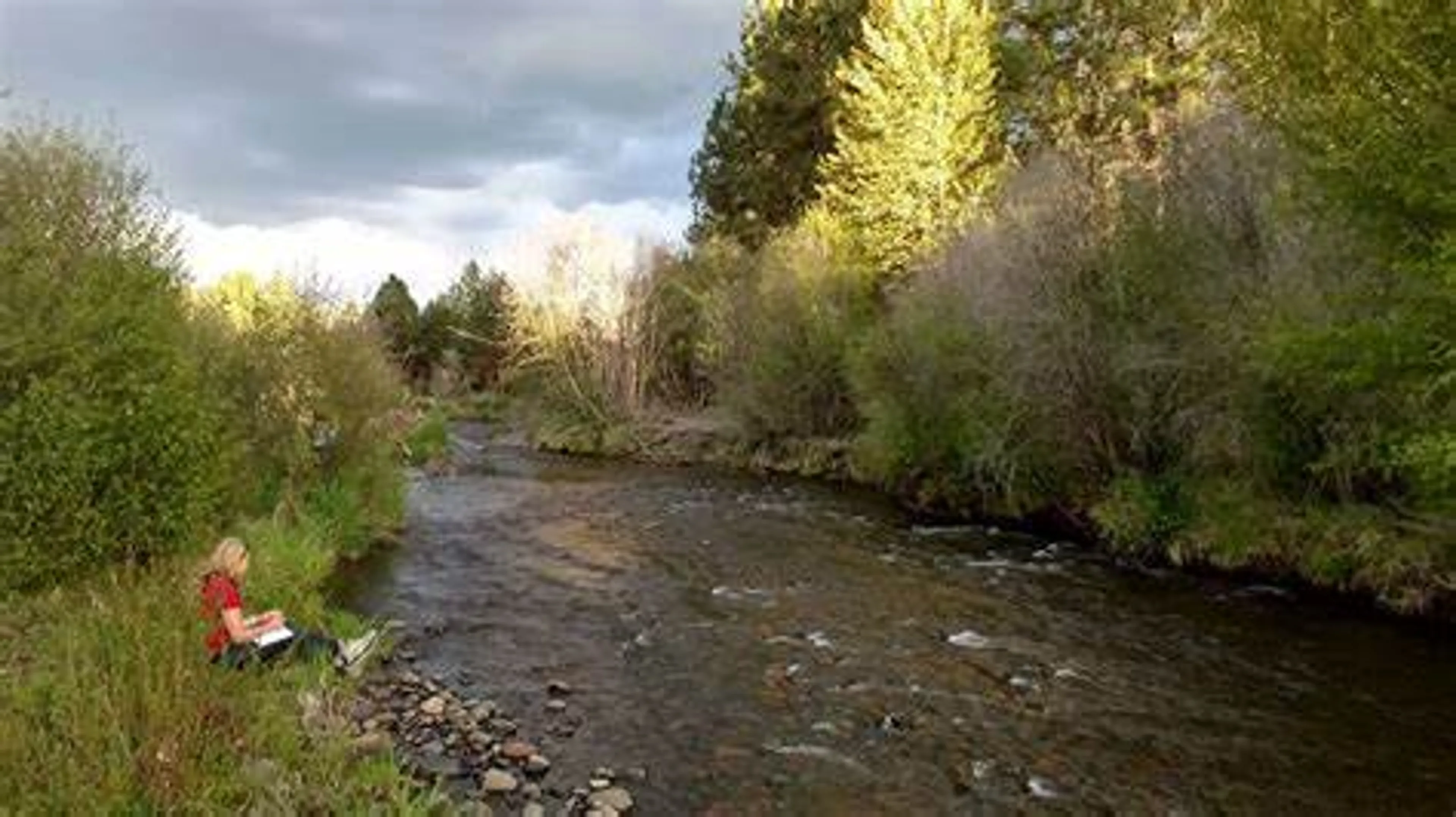
In our fast-paced, technology-driven world, stress has become an unwelcome companion in many people's lives. The good news is that nature offers a powerful antidote. The healing power of greenery, often referred to as "ecotherapy" or "green therapy," is increasingly recognized as a natural stress reliever. In this exploration, we will delve into the profound impact that spending time in green spaces can have on our mental and physical well-being.
Nature's Stress-Reducing Effects
The healing properties of greenery are rooted in the fundamental connection between humans and nature. Studies have consistently shown that exposure to natural environments can lower stress levels, reduce anxiety, and enhance overall mental health. The calming effects of nature are not limited to specific geographic locations; even urban parks and gardens can provide a respite from the demands of modern life.
Biophilia: Our Innate Connection to Nature
The concept of biophilia, coined by biologist E.O. Wilson, suggests that humans have an innate affinity for the natural world. This connection is deeply rooted in our evolutionary history, as our ancestors relied on nature for sustenance, shelter, and protection. Today, the biophilic bond persists, and our well-being is intricately tied to our interaction with green spaces.
A Stress-Relieving Prescription
Green therapy is accessible to all, and it doesn't require a doctor's prescription. Whether it's a stroll in the local park, gardening, or simply sitting beneath a tree, spending time in nature can have immediate and lasting stress-reducing effects. The sights, sounds, and smells of the outdoors engage our senses and promote relaxation.
Physical and Mental Benefits
The healing power of greenery extends to both physical and mental health. Studies have shown that spending time in nature can lower blood pressure, reduce the production of stress hormones, and boost the immune system. Mentally, green therapy has been associated with improved mood, increased creativity, and enhanced cognitive function.
Nature as a Sanctuary
Green spaces can serve as sanctuaries where individuals can escape the pressures of daily life. Whether it's the serenity of a forest, the tranquility of a lakeside retreat, or the beauty of a well-tended garden, these natural havens offer solace and a break from the relentless demands of modern living.
Accessing Greenery in Urban Settings
Even in densely populated urban areas, access to greenery is possible. Urban planners and architects increasingly recognize the importance of integrating green spaces into city planning. Rooftop gardens, vertical gardens, and pocket parks are innovative solutions that allow city dwellers to reap the benefits of nature without leaving their urban environments.
A Call to Action
As the stresses of modern life continue to take a toll on our well-being, embracing the healing power of greenery becomes increasingly crucial. Individuals can make a conscious effort to prioritize time in nature, whether through regular walks in the park, weekend hikes, or tending to their own garden. Communities and cities can play their part by preserving and expanding green spaces, recognizing that the health of their residents is intrinsically linked to the health of their environment.
Conclusion: Reconnecting with Nature
In a world where stress has become a pervasive issue, the healing power of greenery offers a natural, accessible, and effective remedy. Reconnecting with nature is not just a luxury; it's a fundamental need for our physical and mental well-being. By recognizing and harnessing the stress-relieving benefits of green spaces, we can create a healthier, more balanced, and happier life for ourselves and future generations.
